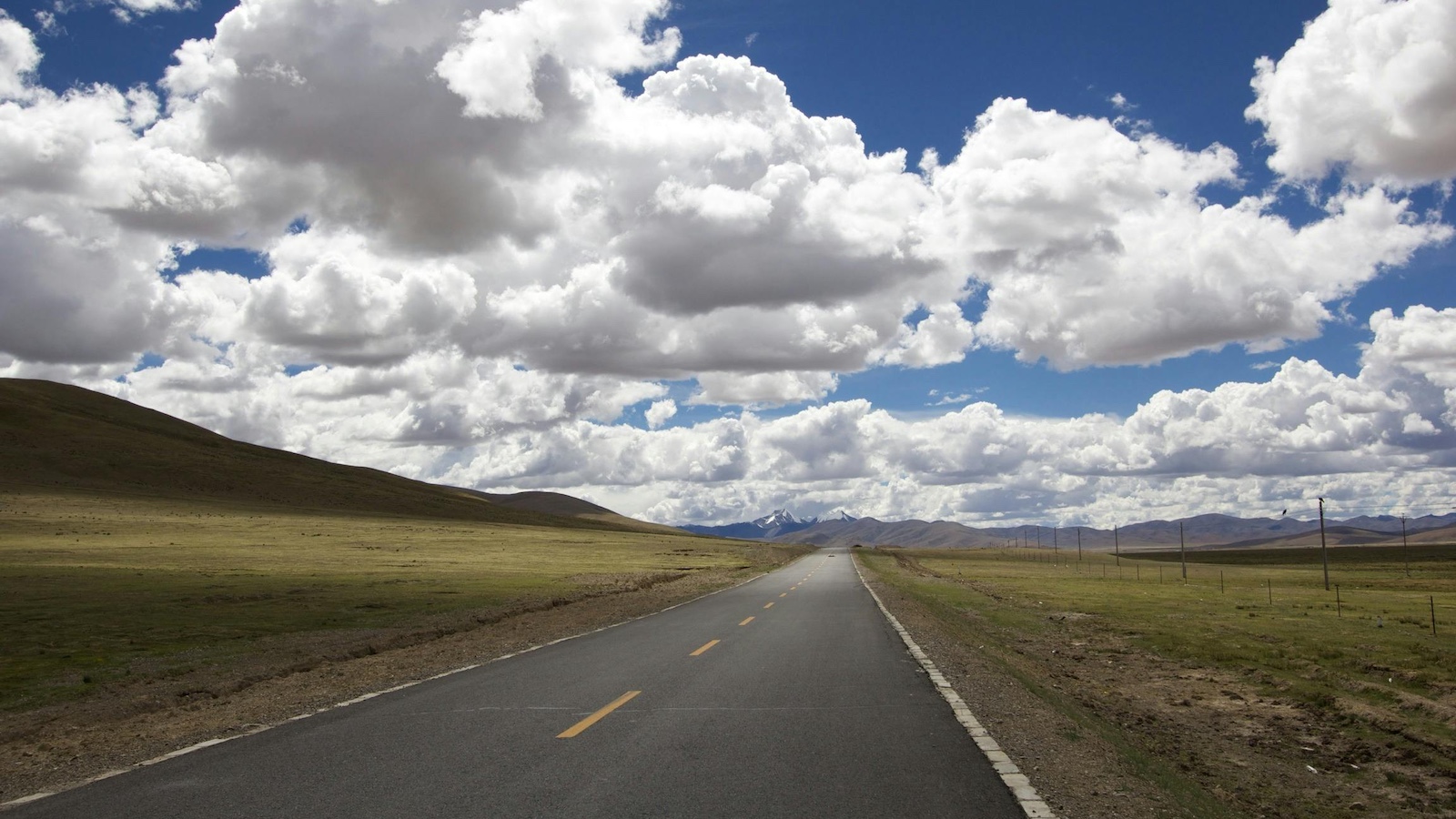When workers’ compensation was conceived over 100 years ago, it was designed to cover traumatic injuries in an industrial setting. As workers’ compensation evolved, that coverage expanded in many ways. It was recognized that there were certain diseases or conditions, like asbestosis and black lung disease, to which workers in certain occupations were exposed, and to which the general public was not similarly exposed. The cause of these occupational diseases was not a sudden traumatic exposure but instead resulted from exposure over time, and it often took several years before the disease manifested itself. The traditional workers’ compensation system was not set up for such conditions, so most states eventually passed occupational disease statutes as part of their workers’ compensation laws.
Infectious diseases were never considered occupational diseases. Still, most states will cover infectious diseases under workers’ compensation if the worker can show all of the following:
- They contracted the disease.
- They were exposed to the disease in the workplace.
- Their risk of catching the disease at work is greater than the general public.
All of this leads us to the events of the last year with the COVID-19 pandemic. Although thousands of workers’ compensation claims were paid under the existing standard, several states passed presumption laws, assuming that workers in certain occupations contracted COVID-19 in the workplace. These presumptions changed the burden of proof for covered employees so that workers no longer had to prove they had a greater risk of catching the disease than the general public.
A troubling legislative trend is emerging in 2021, which takes this one step further. Several states are considering legislation or regulatory action that will classify COVID-19 as an occupational disease under their statutes. This consideration is alarming for many reasons.
First and foremost, COVID-19 is NOT an occupational disease. Millions of people worldwide contracted the disease, most of whom did not catch it in the workplace. An occupational disease, by definition, is particular to the risks of the occupation. That is not the case with COVID-19. Will this open the door for future infectious diseases to be covered under workers’ compensation? The flu of 1918 never went away; it lives on in a mutated form, necessitating annual vaccinations. The COVID-19 virus will likely undergo similar mutations, which could also necessitate annual vaccinations. Will all respiratory viruses be considered an occupational disease in the future?
Additionally, by making COVID-19 a named occupational disease, are policymakers not creating a de facto presumption that all COVID-19 is work-related? Policymakers seem to be using workers’ compensation to cover some of the pandemic costs, but workers’ compensation is not health insurance. There is no way for employers to run loss control against a global pandemic. There is no way for underwriters to assess the risks of a worldwide pandemic accurately.
See also: 20 Issues to Watch in 2021
If we continue to blur the lines between workers’ compensation and group health, where does this lead? Cancer and heart disease are already considered occupational diseases for specific occupations in certain states, as are hernias and bloodborne diseases. If workers’ compensation becomes responsible for common conditions that affect millions of people every year, it is no longer meeting its designed purpose. It is no longer a grand bargain for employers when they are being forced to pay claims under workers’ compensation that should be the healthcare system’s responsibility.








